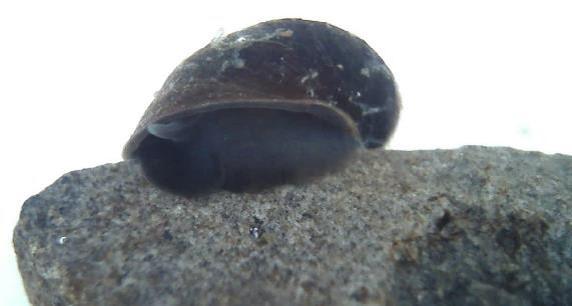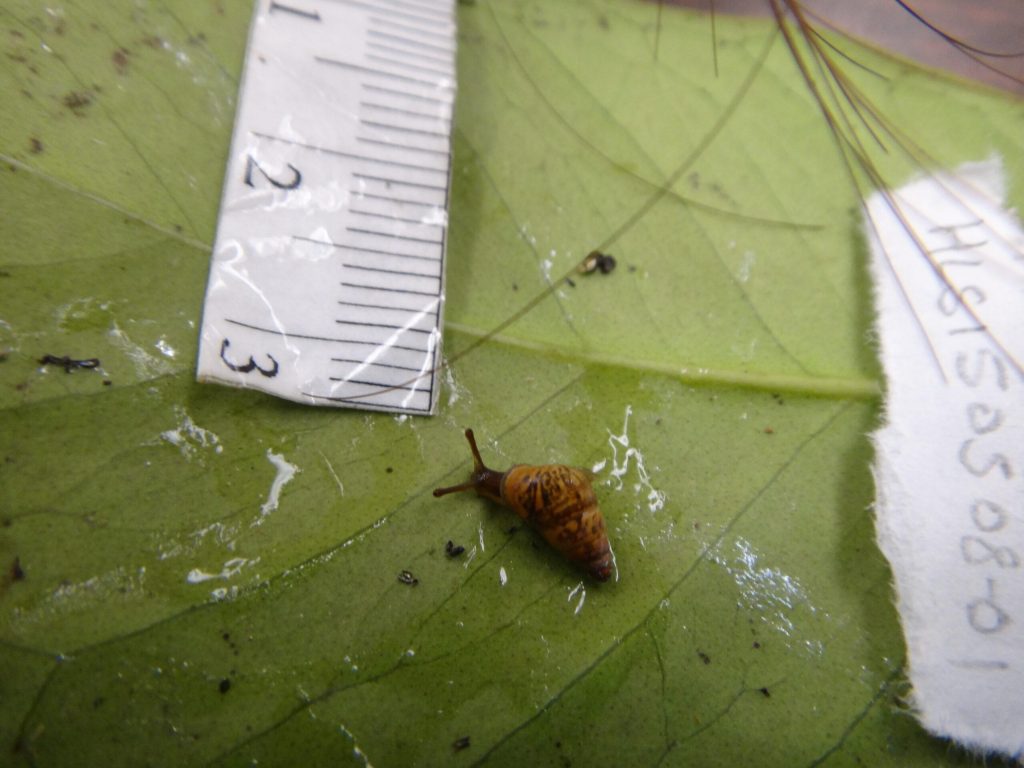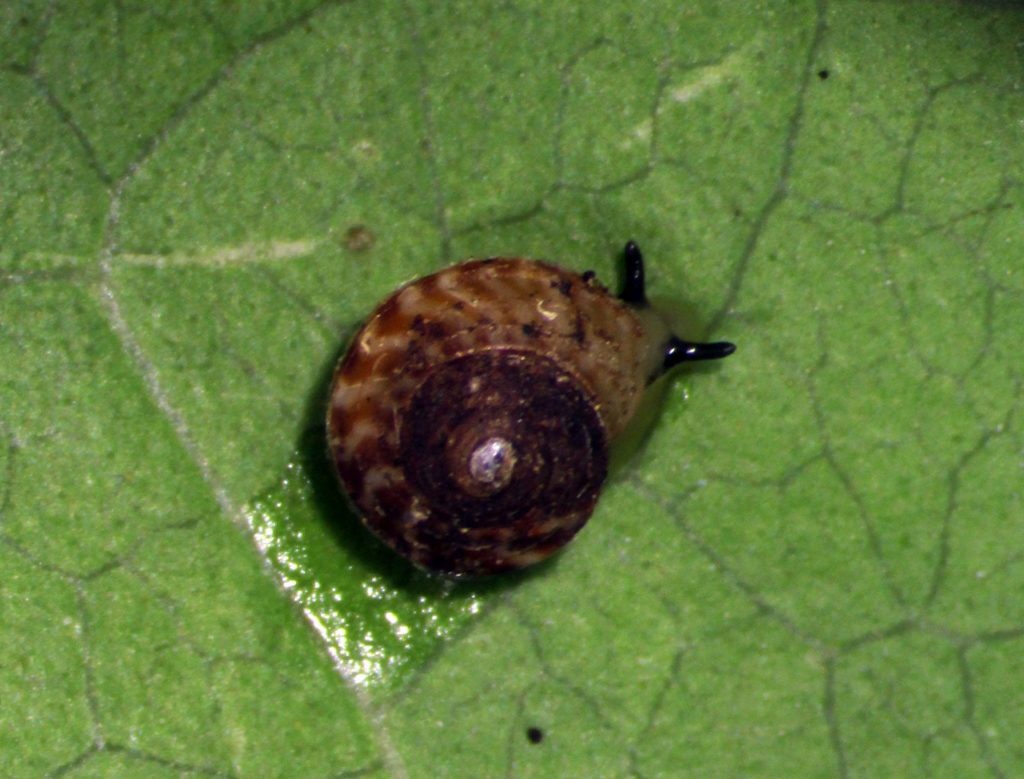Native Hawaiian snails now recognized by the state
Each of the main Hawaiian Islands, along with the Northwestern Hawaiian Islands, now has its own state kāhuli, or snail.
Gov. Josh Green signed into law House Bill 1899, which recognizes nine native snail species as state snails. Hawai‘i Island’s snail is Hini hini kua mauna (Succinea konaensis).
“Land snails are among the most threatened creatures in the world, with more recorded extinctions than birds and mammals combined,” said Green. “Last year, I proclaimed the ‘Year of the Kāhuli’ to help bring attention to the plight of our native snails, which in Hawaiian culture have significant roles in mele, hula, and oil.
“They are symbols of romance and omens. That we have so many youth who fought hard for this legislation gives me great hope for Hawaiʻi’s future.”
The Bishop Museum organized a statewide snail voting campaign to engage community members and students from across the state to recommend which snail species should be designated official state snails for each island.
“The museum and our partners are deeply grateful to see the fruition of years of work that went into making this bill a reality,” said Ken Hayes, malacologist at the Bishop Museum. ” Hopefully, this and other actions like it will inspire another generation to commit to the aloha ʻāina that is so critical for a sustainable future in Hawaiʻi.
“Our kāhuli and all species that call Hawai‘i home deserve recognition, respect, and protection. Only together can we save these precious jewels of Hawai‘i for the future and ensure the continued functioning of ecosystems that make this place so special.”
Several schools testified on the bill through a civics program led by the Coordinating Group on Alien Pest Species.
Dr. David Sischo, who leads the Snail Extinction Prevention Program at the Department of Land and Natural Resources’ Division of Forestry and Wildlife added, “Kāhuli are true jewels of nature and culture. Having these species officially designated as symbols of Hawaiʻi means so much. Knowing that their importance is now enshrined in law brings a new level of focus and pride to the collective work to prevent extinctions of the island’s irreplaceable animals and plants.”
Rather than designating a single species as the Official State Snail, multiple species, that are emblematic of the distinctive flora and fauna of the Northwestern Hawaiian Islands and each island in Hawai‘i, received the distinction.
Several schools testified on the bill through a civics program led by the Coordinating Group on Alien Pest Species
“Being able to advocate for what they value and now seeing it pass, was such an amazing experience,” said Yvonne Chan, a teacher at ʻIolani School. “It empowers them to raise their voice for what they believe in, join in collective action, and understand our kuleana and responsibility to our natural resources and environment.”
See the list of which snails were designated to each island below:
Maui – Pūpū kua mauna (Lyropupa striatula)
Kaho‘olawe – Pūpū kua mauna (Pleuropoma laciniosa kahoolawensis)
Lāna‘i – Pūpū kuahiwi (Auriculella lanaiensis)
Moloka‘i – Pūpū kuahiwi (Laminella venusta)
O‘ahu – Kāhuli (Kaala subrutila)
Kaua‘i – Erinna newcombi
Ni‘ihau – Kahelelani‘ila‘ula (Collonista verruca)
Northwestern Hawaiian Islands – Naka kua mauna (Endodonta christenseni)





























